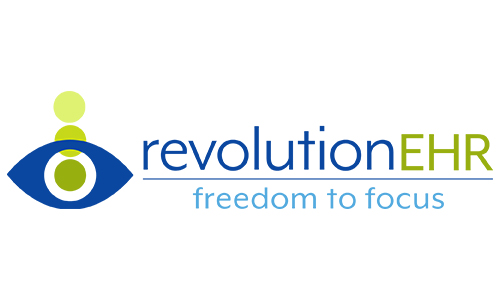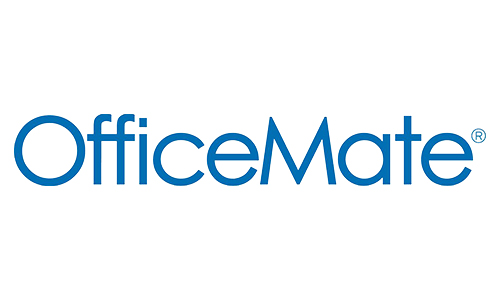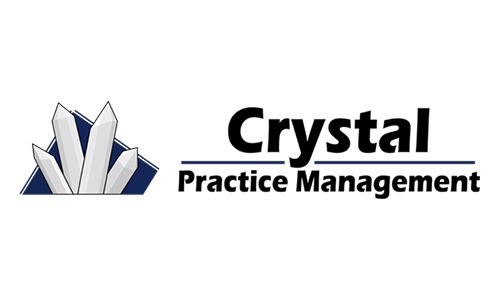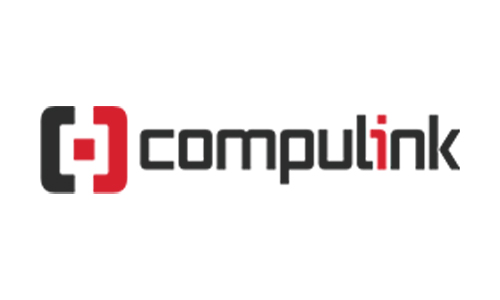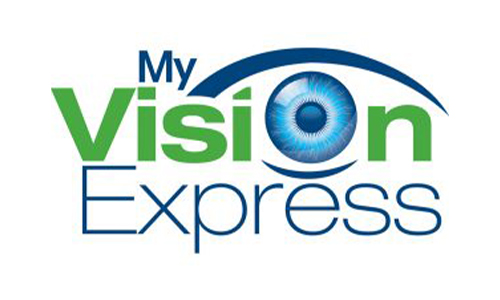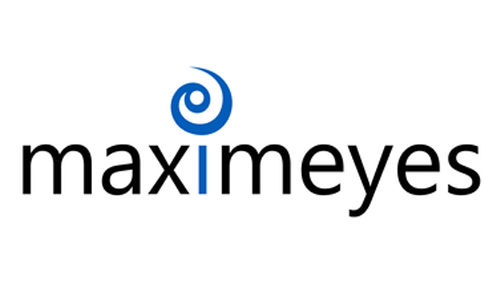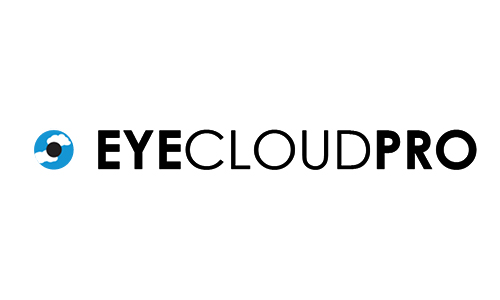A smart resource to tap into in addition to your clearinghouse.
By Sarah Gray, RevCycle Partners
When you have a clearinghouse portal to submit your claims, you may wonder why you would ever need to use an insurance payer portal.
What’s the point of using payer portals?
More portals create more pains: another system to learn; more passwords to manage; too many windows open on your desktop monitor.
You might be surprised to know the hidden benefits of using payer portals in addition to a clearinghouse. RevCycle Partners Billing Expert Sarah Gray discusses how you can make the most of payer portals.
1. Payer portals allow you to pull authorizations and check up on referrals.
Many payer portals allow you to pull authorizations and referrals--and they allow you to check the status of those referrals.
Say you need a referral from a patient’s primary care provider. It’s been a few days, and you wonder if they received the request. Before picking up the phone and bothering the doc, you can check the insurance payer portal to see if the referral has been created, or if it's already been authorized.
Also, additional referral information may be available, such as how many visits it is for along with the date ranges it is valid for. You can verify the PCP’s information also, such as the NPI.
For offices with multiple providers, you can validate which provider the referral has been issued to and cross reference the visit DOS in your EHR.
2. Payer portals help you stay on top of claims denials.
Many payer portals allow you to make corrections to claims or submit reopenings, appeals, or redeterminations. So, if you get a denied claim, you don’t have to fax or mail the payer the appropriate information. You simply make your changes within the portal. And that leads to a quicker response time if there is any additional information required that you may not have submitted with the correction or appeal.
3. Payer portals help you identify recurring errors.
If one insurance payer in particular repeatedly rejects your medical claims, it’s helpful to go to that payer’s portal. You might be using a CPT code or diagnosis code that the insurance payer doesn’t recognize. You can investigate at the source why a claim is not getting paid. Maybe there’s a workaround before you bill the patient for the outstanding portion of the claim.
A good reference would be locating the medical policies for providers that may only be able to be accessed in the payer portal. In most cases, you are able to search the policy for the specific CPT or diagnosis codes. You can then see if a CPT may be considered “investigational or experimental.” You can then make note that this CPT will not be paid due to the nature of the code. Some medical policies will also give you other codes that could be used in their place.
When it comes to diagnosis coding, it’s helpful to know the MCD articles from Medicare. These are located at https://www.cms.gov/medicare-coverage-database/search.aspx. Many insurance companies follow the CMS guidelines when it comes to medical necessity. You can search by your specific state and CPT code to get a listing of the diagnosis codes that would be applicable.
There are some insurances that do not follow the CMS guidelines, and that is where the payer portal for the specific payer would be helpful.
4. Payer portals help you with eligibility and benefits verification.
Yes, your clearinghouse is likely designed to help you with this critical step in the insurance billing process. But it’s often an add-on fee. With payer portals you can check eligibility and benefits without a clearinghouse—and often find payer-specific details a clearinghouse might not supply.
You can get a detailed breakdown of benefits based on specialty (medical vs. routine) along with the corresponding copay/deductible information.
On the payer portal, you usually can see how much more the patient has left to meet their deductible, so the patient has a heads-up if they will owe more than just the copayment.
You can also see if the plan is an HMO which could require a referral, along with if the patient has a primary care provider selected. You can then reach out to that provider for the required referral.
5. Payer portals eliminate the painful call to insurance reps.
We’ve all been there. We have a question about a claim. You need the insurance payer to help you understand a denial. But you wait for what feels like an eternity on the phone. Payer portals help you answer your nagging questions, so you’re never put on hold. Your questions are answered on your time.
Some payer portals allow for ‘Claim investigation inquiries’ where you can submit a question directly to the insurance company if you are unable to understand a denial. In most cases, the representatives will get back to you within 24-72 hours.
In addition, some portals have the option of ‘Live Chat.’ There may be a small hold time, but it allows you to multitask and work on other items so you are not stuck on the phone.
6. Some payer portals may not be integrated with your clearinghouse.
If your practice credentials with a new insurance payer, there might be a period of time when that payer isn’t listed with your clearinghouse. In those instances, you must feel comfortable accessing payer portals to ensure clean management of your claims.
While waiting for the access to the payer on your clearinghouse, the portal may allow you to access Explanation of Benefits, Explanation of Payments, as well as denial information. If you do not have the payer portal access, you may be waiting on payments or denials to be mailed to you.
7. Payer portals aren’t as difficult to master as you might think.
There’s always a learning curve when it comes to mastering new technology. But you can quickly master payer portals by accessing their online tools, which help you navigate their features.
Almost all payer portals have some type of ‘Quick Reference Guide.’ These guides show you how to navigate the portal efficiently. You can save these guides on your computer, so if someone new steps into a billing role, they have easy access.
It might be helpful to create a binder for the office where the guides are printed out and placed in one area, so everyone has access to them.

